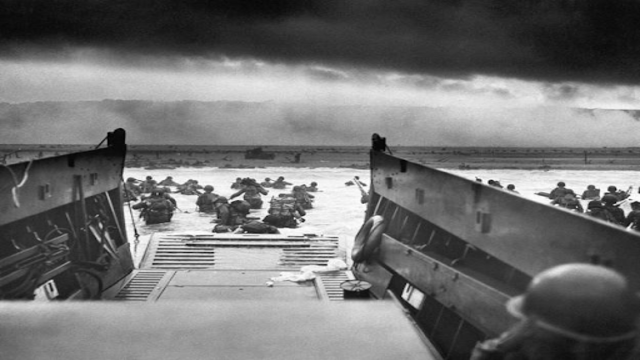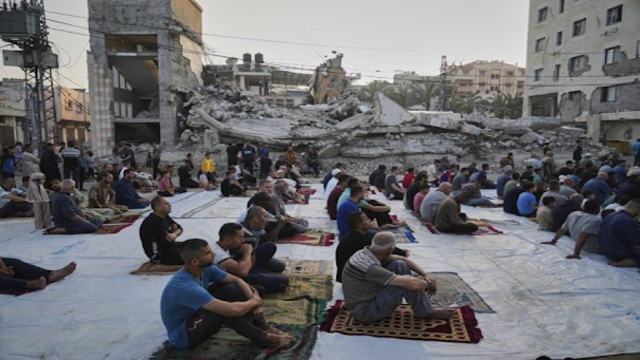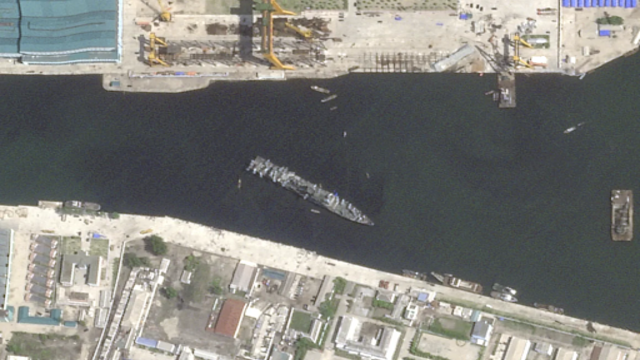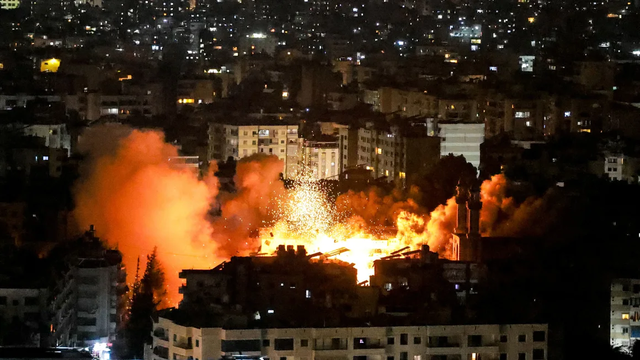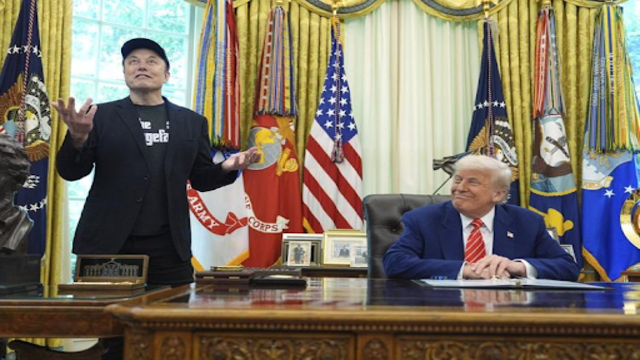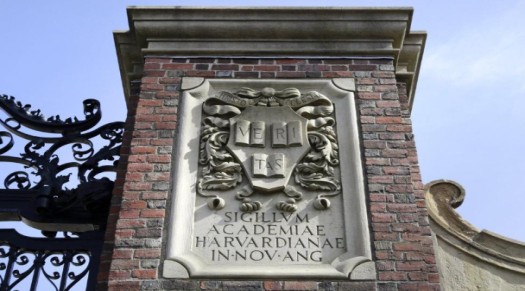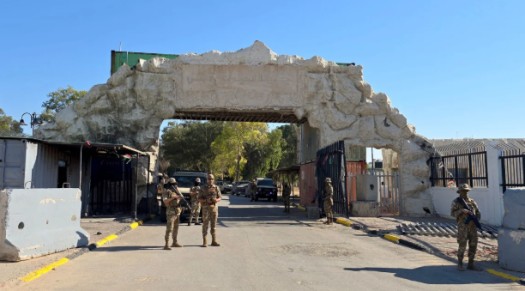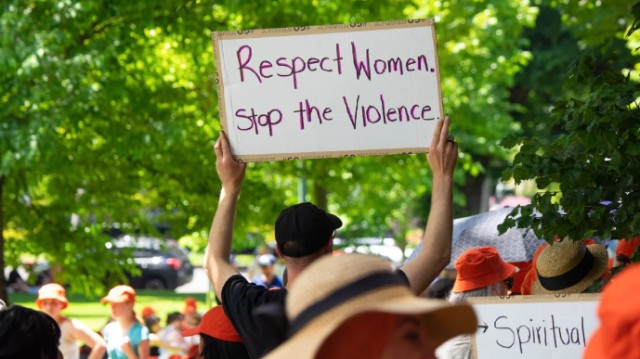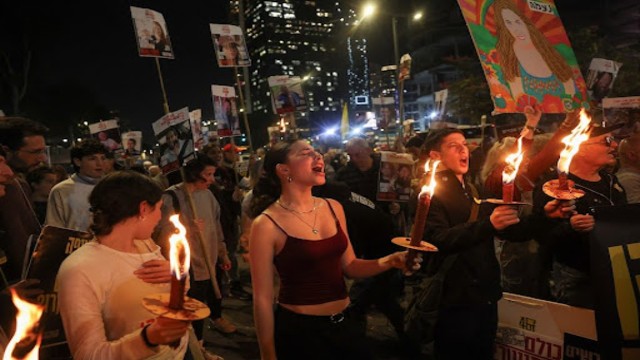
In Tel Aviv, Israel, on January 15, 2025, supporters of Israeli hostages gathered for a torch-lit protest. They called for an immediate agreement to secure the release of all those kidnapped during the deadly Hamas attack on October 7, 2023. The demonstration took place as negotiations for a Gaza ceasefire continued. (Source: Reuters)
Hamas and Israel have reached an agreement to halt fighting in Gaza after 15 months of relentless conflict that has left the Palestinian enclave in ruins and inflamed tensions across the Middle East. Mediators announced the ceasefire would commence on Sunday and include provisions for the release of hostages held in Gaza.
The accord, structured in phases, begins with a six-week ceasefire and the gradual withdrawal of Israeli forces from Gaza. As part of the agreement, Hamas will release hostages in exchange for Palestinian prisoners held by Israel. The deal was announced at a news conference in Doha by Qatar's Prime Minister Sheikh Mohammed bin Abdulrahman Al Thani, who confirmed ongoing negotiations to implement the truce.
“This deal will halt the fighting in Gaza, provide much-needed humanitarian aid, and reunite hostages with their families after months of separation,” U.S. President Joe Biden stated, emphasizing the significance of the breakthrough.
Continued Violence Amid Hope
Despite the announcement, Israeli airstrikes continued in Gaza on Wednesday evening, killing at least 32 people, according to local health authorities. Medics reported strikes in Gaza City and its northern regions as residents cautiously celebrated news of the ceasefire. In Gaza, streets were filled with jubilant crowds waving flags and honking horns. Displaced mother Ghada expressed her emotions, saying, “I am crying tears of joy.”
In Israel, families of hostages expressed relief and anticipation, calling the agreement “a step toward bringing our loved ones home.” However, the deal still requires formal approval from Israel’s security cabinet and government, with a vote set for Thursday. Some hardliners in Prime Minister Netanyahu’s coalition, including Finance Minister Bezalel Smotrich, have voiced opposition to the pact.
Humanitarian Aid and Regional Implications
The agreement also includes provisions for significant humanitarian aid to Gaza. With over 46,000 casualties reported by Gaza health officials and countless families displaced, aid organizations like the United Nations and the International Committee of the Red Cross are preparing for large-scale operations.
The ceasefire aims to alleviate the dire conditions in Gaza while easing tensions across the broader Middle East. The conflict has spilled over into neighboring regions, exacerbating violence in the West Bank, Lebanon, Syria, Yemen, and Iraq, and increasing fears of a direct confrontation between Israel and Iran.
Phased Implementation and Challenges Ahead
The first phase will see the release of 33 Israeli hostages, including women, children, and older men, along with two American captives. Subsequent phases aim to secure the release of remaining hostages, establish a permanent ceasefire, and facilitate Gaza’s reconstruction under the supervision of Egypt, Qatar, and the United Nations. However, the plan faces hurdles, including uncertainty over who will govern Gaza post-conflict. Israel remains firm in opposing any Hamas role while showing reluctance toward the Palestinian Authority’s involvement.
Former U.S. President Donald Trump, whose team played a significant role in negotiations, hinted at plans to expand the Abraham Accords, fostering normalization between Israel and Arab nations.
While the ceasefire offers a glimmer of hope, its success depends on careful implementation and addressing deep-rooted issues in Gaza and the region.


